Class 4 Science - Clothes Our Protection - CBSE Worksheets Solutions - 1
Q1: Multiple Choice Questions (MCQs).
(i) Which of these is an advantage of cotton clothes?
(a) They allow body heat to escape
(b) They absorb sweat
(c) Air can circulate easily through them
(d) All of these
Ans: (d)
Cotton fabric is breathable and transmits moisture away from the body and is absorbent and removes liquid from the skin, like a towel, according to Cotton Incorporated. Cotton allows you to remain comfortable as you exercise, keeping moisture from building up between your skin and clothing.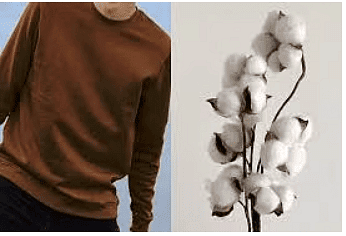
(ii) Our clothes should
(a) be suited to the kind of work we do
(b) be suited to weather conditions
(c) make us look good
(d) all of these
Ans: (d)
We wear many clothes throughout the day. Our clothing style depends upon the work or activity we do or on the weather.
(iii) What kind of clothes are best in hot weather?
(a) Dark coloured cotton clothes
(b) Light coloured cotton clothes
(c) Dark coloured woollen clothes
(d) Light coloured woollen clothes
Ans: (b)
Cotton is one of the best fabrics for summer and hot weather and the colour should be light as it makes us feel cool.
(iv) Synthetic fibres are made from
(a) plants
(b) hair of animals
(c) chemicals
(d) skin of animals
Ans: (c)
Synthetic fibers are made from raw materials such as petroleum, based on chemicals or petrochemicals.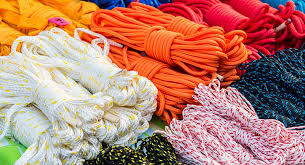
Q2: True or False.
(i) Athletes prefer sportswear made from Dri-Fit material.
Ans: True
For athletes, or those who do activities that require form-fitting outfits, it's always best to get a Dri-Fit outfit that suits your workout.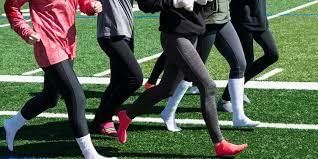
(ii) Any type of dried leaves kept between clothes keep insects away.
Ans: False
The neem leaves protect rice from pests and microbes. Also, neem has antifungal properties that prevent woolen clothes from being damaged.
(iii) Clothes made from natural fibres are non-porous.
Ans: False
Clothes made from natural fibres are porous.
(iv) Polythene is waterproof.
Ans: True
Polythene is almost completely waterproof.
Q3: Name the following.
(i) A waterproof material _______
Ans: Polythene
Polythene is almost completely waterproof.
(ii) Process of cleaning clothes using petrol and chemicals _______
Ans: Dry cleaning
Modern dry cleaning uses solvents that do not use water to remove dirt and stains from clothing. Jean Baptiste Jolly discovered petroleum-based solvents (chemicals based on fuel like gasoline or kerosene.)
(iii) They are woven in machines to form fabric _______
Ans: Raw material
A loom is a device used to weave cloth and tapestry.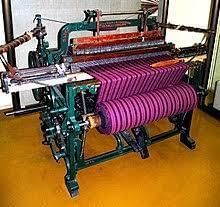
(iv) An insect which can spoil clothes _______
Ans: Crickets
There are household and field crickets, about three-quarter or an inch in length, black or brown in color. House crickets are problematic as they thrive inside your home and can spoil your wardrobe.
Q4: Match the following.

Ans:

Q5: Answer the following questions in brief.
(i) Why are cotton clothes preferred in summers?
Ans: We wear cotton clothes during summer as cotton absorbs sweat from the body, exposing it to the atmosphere for easy evaporation. Cotton allows better air circulation which helps to absorb and remove body moisture caused by sweat via evaporation.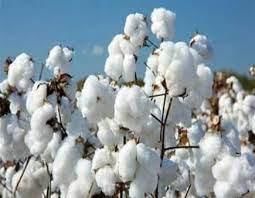
(ii) Why is it important to wear shoes?
Ans: Shoes not only help our feet to heal but can also aid in support and stability of our feet. Not all feet are perfect, so properly fitting shoes can help align your feet, ankles, knees, hips and back to correct your gait and improve posture.
(iii) What kind of clothes should one wear?
Ans: We should wear light cotton clothes in summers to stay cool and comfortable in the hot season. To keep ourselves warm in winters and protect ourselves from cold, we should wear woollen clothes. To protect ourselves from the rain, we should wear waterproof clothes like a raincoat.
Q6: Long answer type questions.
(i) How should we take care of our clothes?
Ans: Proper care and maintenance of our clothes is very important for healthy living. Neat and clean clothes give us a good feel. We can take care of our clothes:
- Wash at low temperatures.
- Pay attention to care labels.
- Cut down on dry cleaning.
(iii) In what ways is synthetic fibre better than natural fibre?
Ans: Synthetic fibers are more durable than most natural fibers and will readily pick-up different dyes. In addition, many synthetic fibers offer consumer-friendly functions such as stretching, waterproofing and stain resistance. Sunlight, moisture, and oils from human skin cause all fibers to break down and wear away.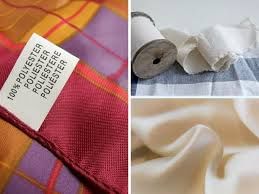
|
49 videos|156 docs|34 tests
|
FAQs on Class 4 Science - Clothes Our Protection - CBSE Worksheets Solutions - 1
| 1. What are the different types of questions formats commonly used in exams? |  |
| 2. How can multiple choice questions be answered effectively? |  |
| 3. What is the purpose of true or false questions in exams? |  |
| 4. How can students prepare for long answer type questions in exams? |  |
| 5. What is the significance of matching questions in exams? |  |
















